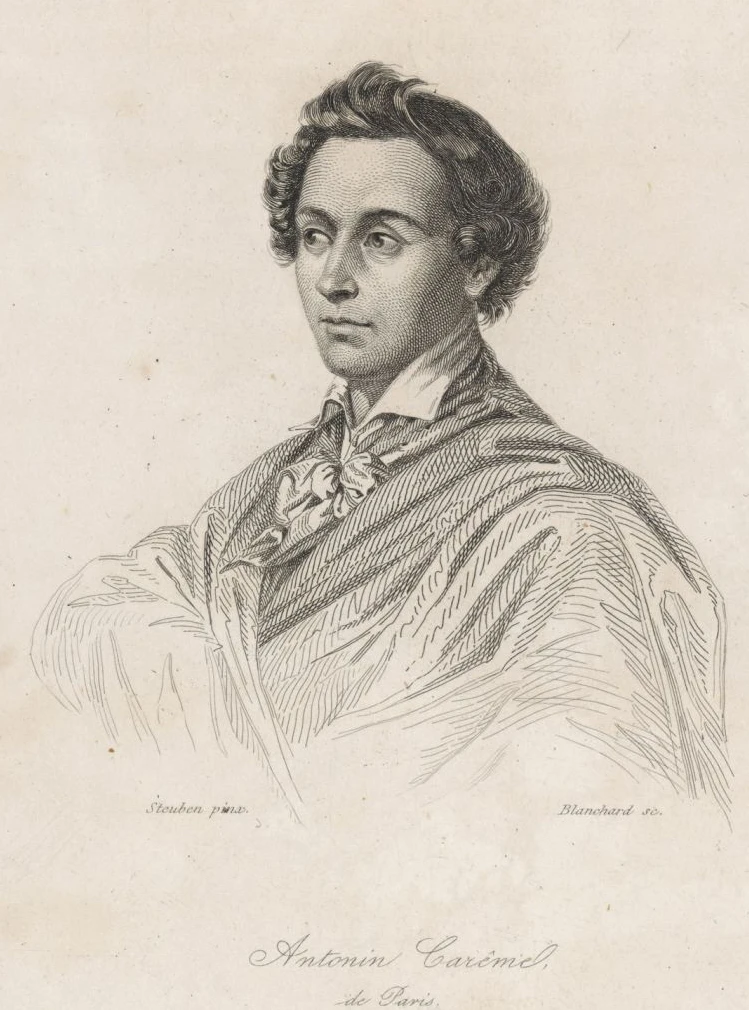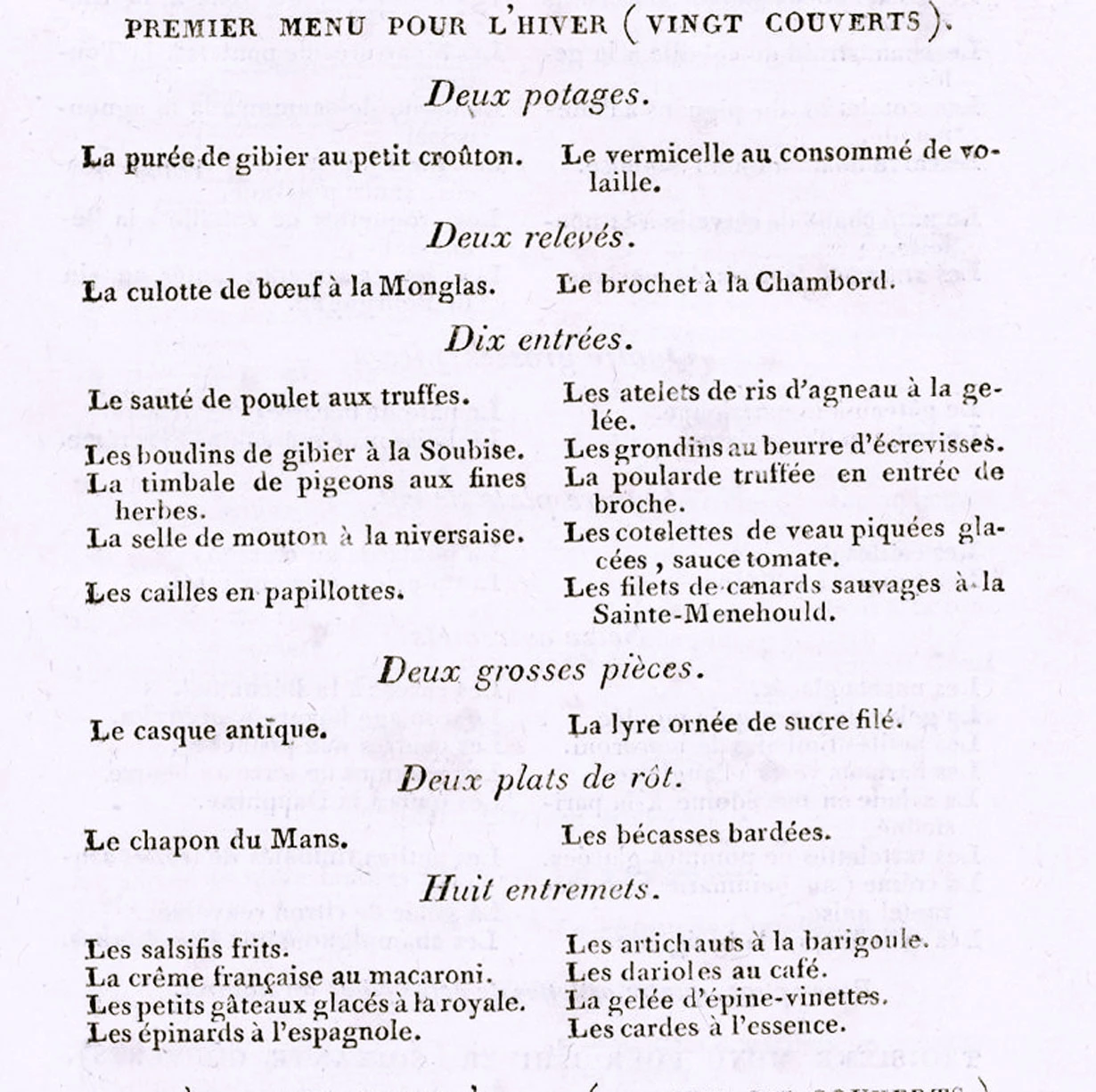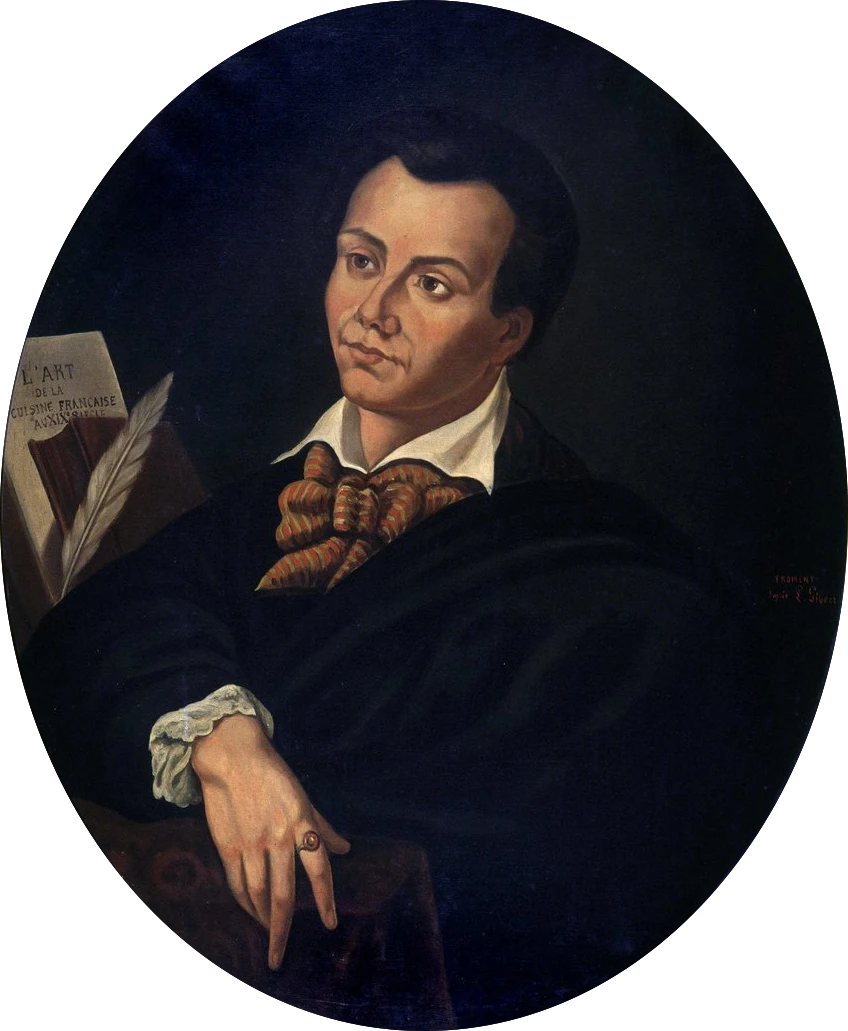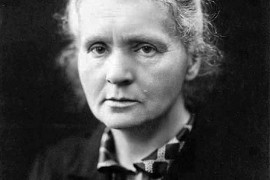A difficult childhood in Paris
Antonin Carême was born into a poor Parisian family in 1784. Abandoned by his parents at an early age, he was placed in the care of an apprentice master. Like many children of his time, he had to work from an early age to survive. But this tragic fate was to become the starting point for an extraordinary career. As a teenager, he entered a Parisian pastry shop as an apprentice. His talent and creativity are quickly noticed, and he distinguishes himself by his mastery of the basics and his uncommon aesthetic sense.
Learning and climbing
Carême perfected his art in the best Parisian houses. He developed a passion for "pièces montées", the spectacular pastry and sugar constructions that amazed guests at grand receptions. He was soon noticed by the aristocrats and diplomats of the day. At a time when Paris was the gastronomic capital, Carême imposed a new style, where cuisine became spectacle as much as pleasure.
The cook of the mighty
Carême's career took a decisive turn when he entered the service of Charles-Maurice de Talleyrand, the great French diplomat. Talleyrand, known for his lavish receptions, understood that gastronomy could be a diplomatic weapon. With Carême in the kitchen, his dinners became veritable political tools. Carême also served other greats of his time: George IV of England, Czar Alexander I of Russia, and the Emperor of Austria. Wherever he officiated, he left a memorable mark. Hence his nickname: "king of cooks and cook to kings".
The inventor of assembled parts
If Carême has remained in the collective memory, it's first and foremost thanks to its pièces montées. These sugar, paste and nougatine creations took the shapes of monuments, ancient temples or castles. They transformed the table into a veritable opera set, filling guests with wonder. Beyond the spectacle, they testified to Carême's ambition: to bring pastry into the realm of the major arts.
The codifier of haute cuisine
A menu by Antonin Carême / By Jpbrigand2 - Own work, CC BY-SA 4.0, https://commons.wikimedia.org/w/index.php?curid=97520320
Carême was not only an artist, he was also a theorist. He wrote several authoritative works, including Pâtissier royal parisien (1815) and Cuisinier parisien (1828). In these books, he established a veritable culinary method.
He codified the sauces mères (espagnole, velouté, allemande, béchamel), which would serve as the basis for classic French cuisine and would later be taken up by Auguste Escoffier. Carême was one of the first to conceive of cooking as a science and a codified art.
A new culinary philosophy
For Carême, cooking must not only nourish, it must also uplift the spirit. Inspired by architecture and the arts, he conceives his dishes as total works of art. He defended the idea of refined French cuisine that was accessible to the whole of Europe, contributing to its cultural influence.
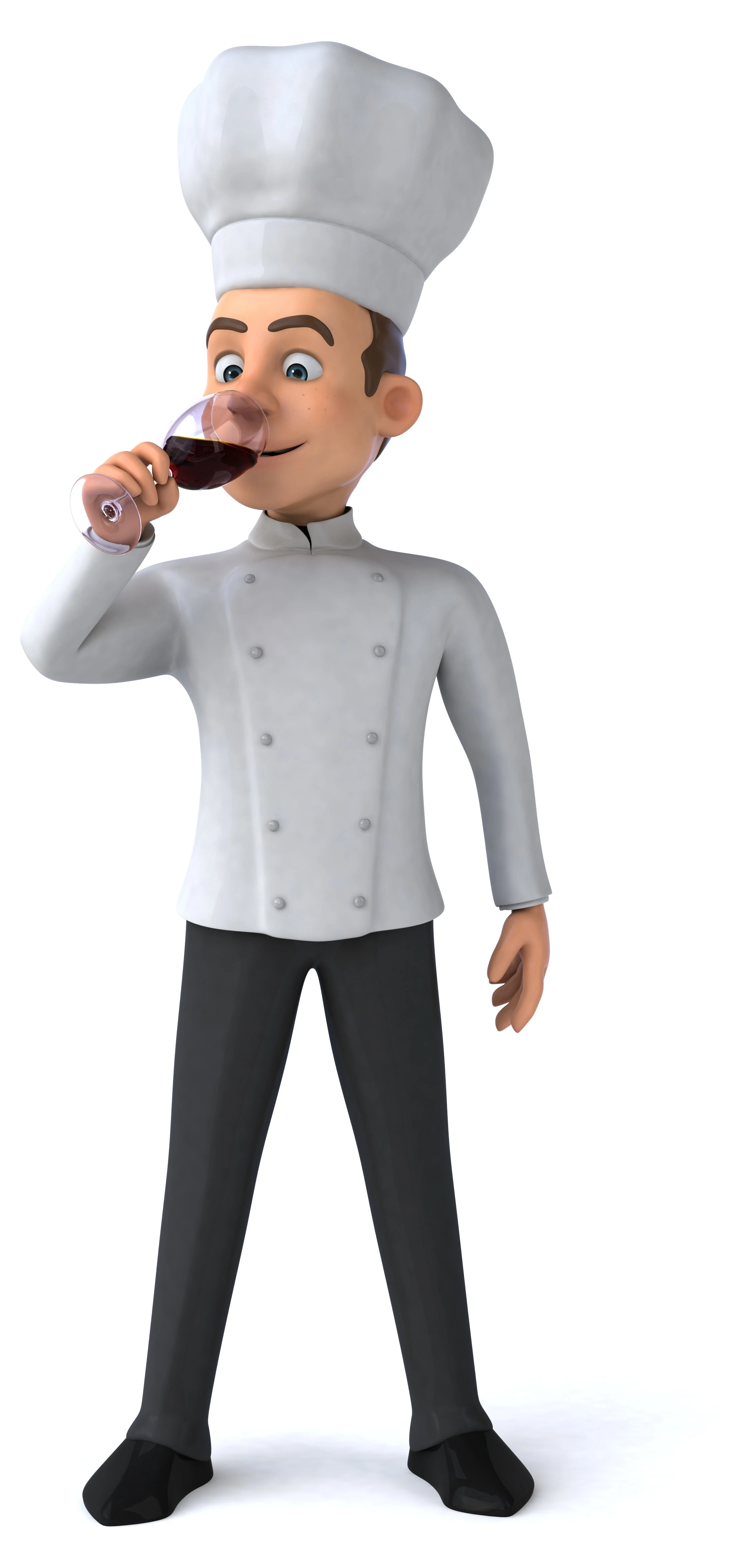
Photo by Julien Tromeur on Unsplash
Health and the end of life
Carême's career was short but intense. Exhausted by years of work, often in the heat of furnaces and in contact with noxious materials (lead from molds, fumes from coals), he fell ill.
He died in Paris in 1833, aged just 48. His death leaves an immense void, but his legacy lives on.
Antonin CAREME / Par Carl von Steuben — MeisterDrucke, Domaine public, https://commons.wikimedia.org/w/index.php?curid=167748024
FAQ
Who was Antonin Carême in the history of French gastronomy?
Antonin Carême was a great French cook and pastry chef of the XIXᵉ century, famous for creating modern haute gastronomy and inspiring the culinary arts.
Why do we call Antonin Carême the "king of cooks and chef to kings"?
Because he served the greatest people of his time, including Talleyrand, George IV of England and Tsar Alexander I, while becoming a world reference in the culinary arts.
What were Antonin Carême's main culinary inventions?
He codified haute cuisine, popularized spectacular pièces montées, perfected mother sauces and wrote several reference works.
What was Antonin Carême's path to fame?
Abandoned as a child in Paris, he was apprenticed at an early age, and made a name for himself with his exceptional talent for pastry-making.
What legacy did Antonin Carême leave to French cuisine?
His influence endures in French gastronomy: he gave pastry its letters of nobility, inspired Escoffier and defined rules that are still taught today.
Our translator is not always very good. We apologize for that!

